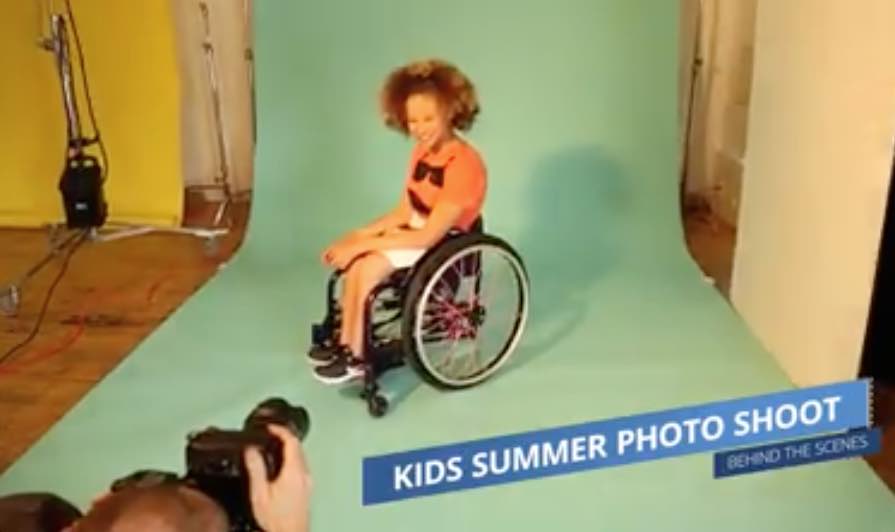Facebook is the king of social media for businesses. Billions of consumers learn of brands and products via the platform. Despite what many believe, Facebook is a thriving opportunity for ecommerce merchants — if you can capture an audience’s attention.
In this post, I’ve collected seven types of content for merchants to stand out, connect with an audience, and grow a following — all on the world’s leading social platform.
Ecommerce Content for Facebook
Ask questions. The best way to start a conversation online is to ask your audience a question. It’s a powerful way to engage followers, provided it’s done only occasionally. Starbucks offers a good example. The company asks simple, short, and interesting questions that allow users to engage and share.
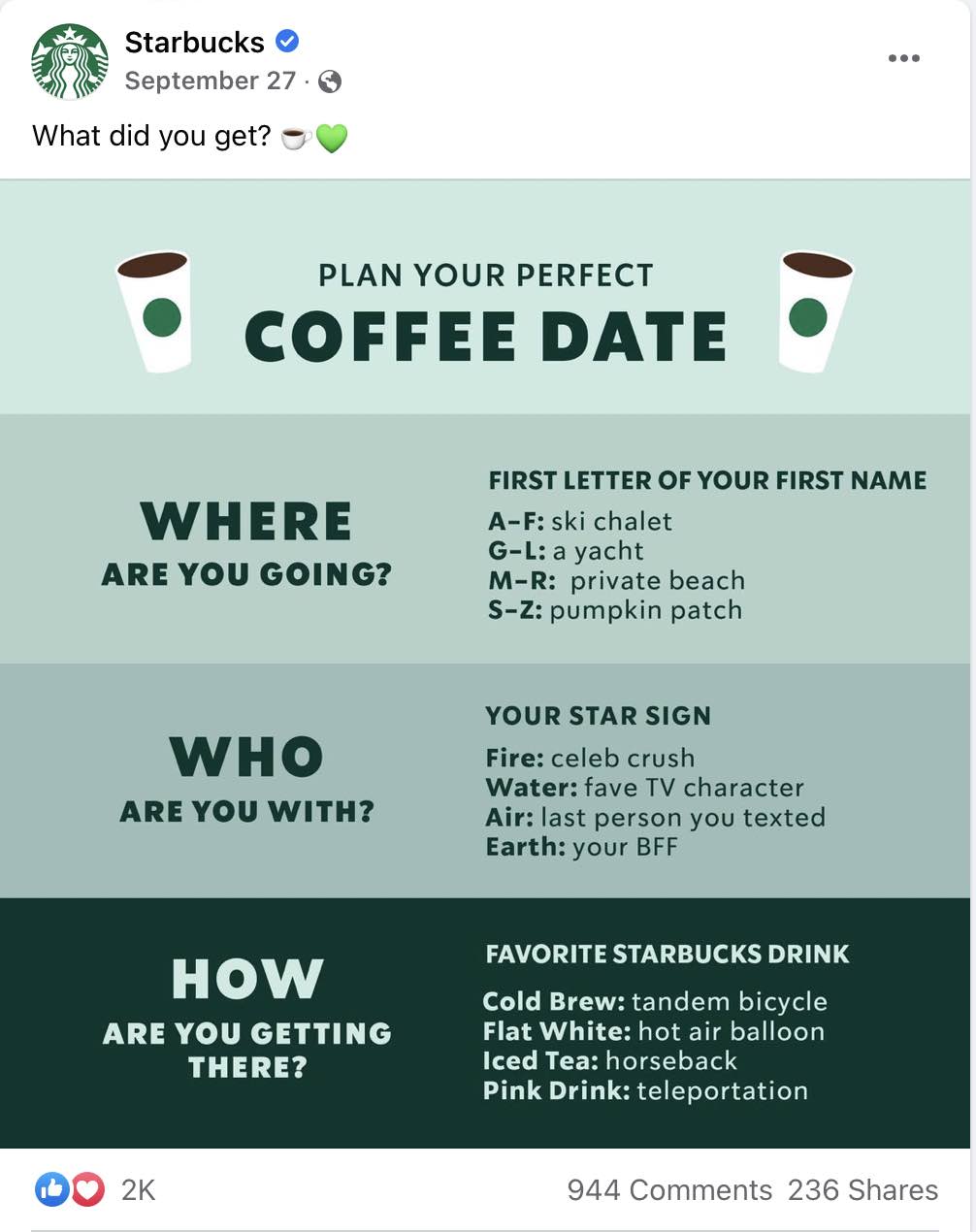
Starbucks asks simple, short, and interesting questions that allow users to engage and share.
—
Tell stories. Facebook, like Instagram, provides a unique way to tell in-depth stories that capture an audience. The best stories, in my experience, are personal. Zappos does this well, extending its brand through excellent behind-the-scenes content. Consider addressing how your business or product came about, the most difficult parts of your company’s journey, and how your products or services improve lives.
—
Use videos. Facebook is made for short-form videos up to 10 minutes, not just 30 seconds such as on TikTok and Instagram. Whole sections of Facebook are now dedicated to video consumption. That’s because videos are easily created, consumed, and shared. Videos can be educational, informational, interesting, or anecdotal. Users, if attracted, will watch and share. For example, Chewy, the pet supply company, produces fun videos that engage its audience.
—
Post branded graphics, which are images that include your company’s logo, fonts, and color schemes — think memes, quotes, motivational sayings, and product tips. All of your graphics should have the same feel. Create a brand graphic guide. Check out how Beauty Pro Distributor produced a unique style of graphic to use throughout its social media marketing.
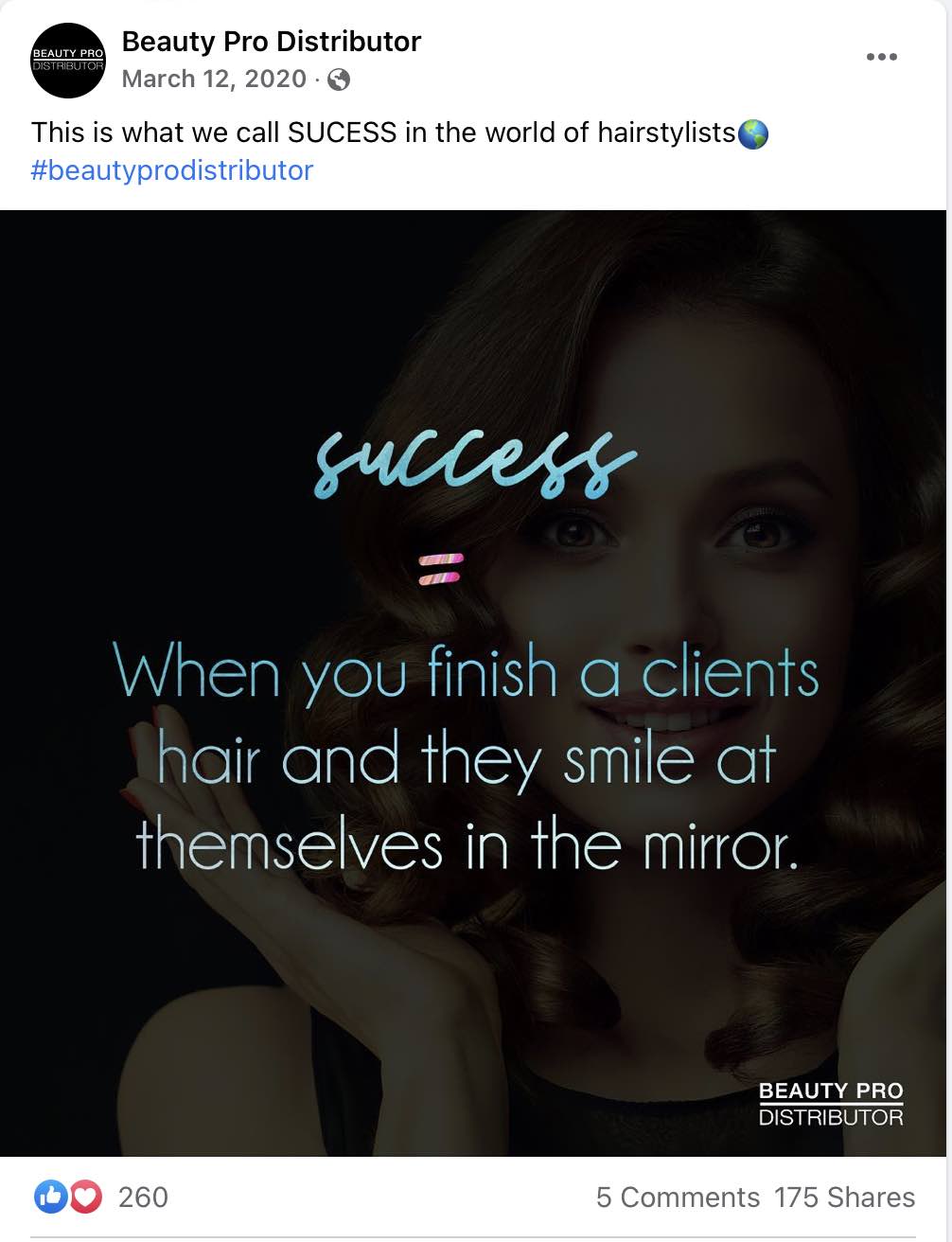
Beauty Pro Distributor produced a unique style of graphic to use throughout its social media marketing.
—
Incorporate trending topics. Incorporating trending topics into your content can improve engagement and reach because it will help your post show up in followers’ feeds. Apparel retailer ModCloth is a good example. It combines simple photos and stories with trending topics for interesting and shareable content.
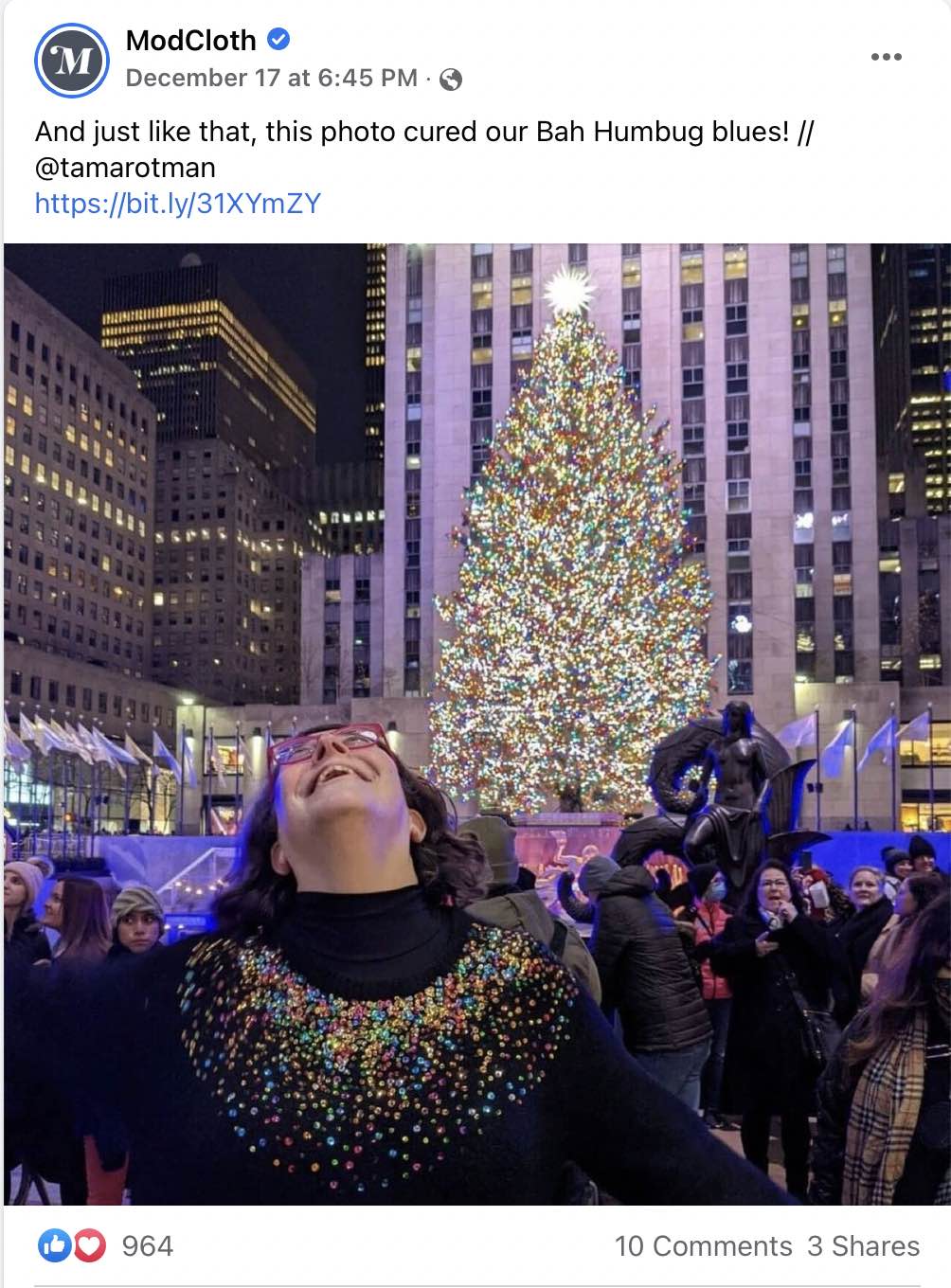
ModCloth combines simple photos and stories with trending topics.
—
Create maps and infographics. Infographics generate engagement. Done well, they’re a concise, entertaining, and eye-catching way to share information about a product or service. Plus, they appeal to a big audience, improving the reach. Publish infographics on your site and then share on Facebook. It will push traffic to your website and drive sales.
Statista applies this strategy well. It produces excellent maps and infographics that are engaging, shareable, and housed off of Facebook. Users go to Statista’s site to view.
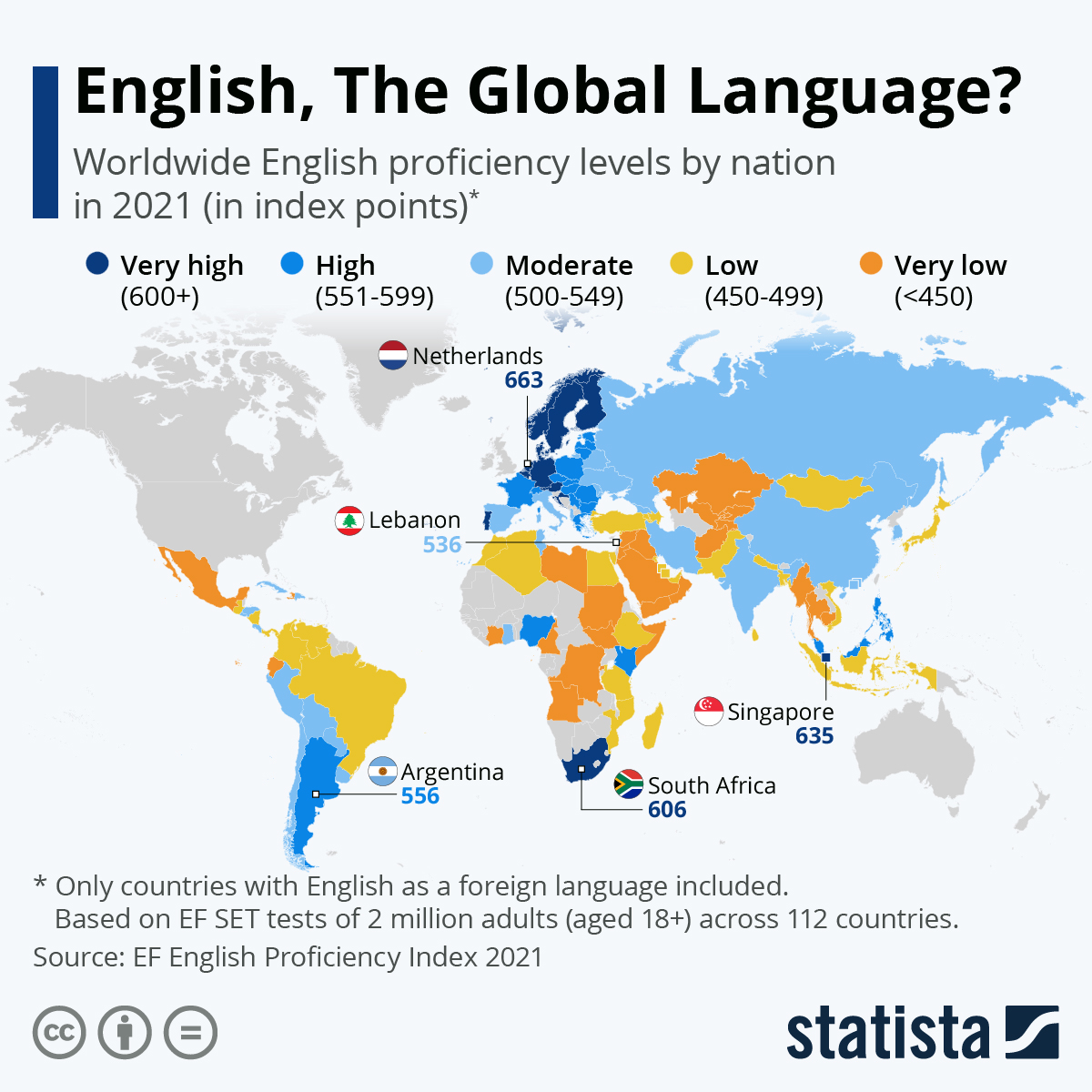
Statista produces excellent maps and infographics that are housed off of Facebook.
—
Display discounts, sales, and exclusive offers. An easy way to capture your audience’s attention on Facebook is by sharing info about upcoming sales and discounts. This type of content is productive because most consumers are on Facebook at some point during the week. But it only works well on Facebook in my experience. Unlike Pinterest, TikTok, and Snapchat, Facebook users are accustomed to sharing sales and discounts. Plus, it is an excellent way to reward folks who “like” your Facebook page.
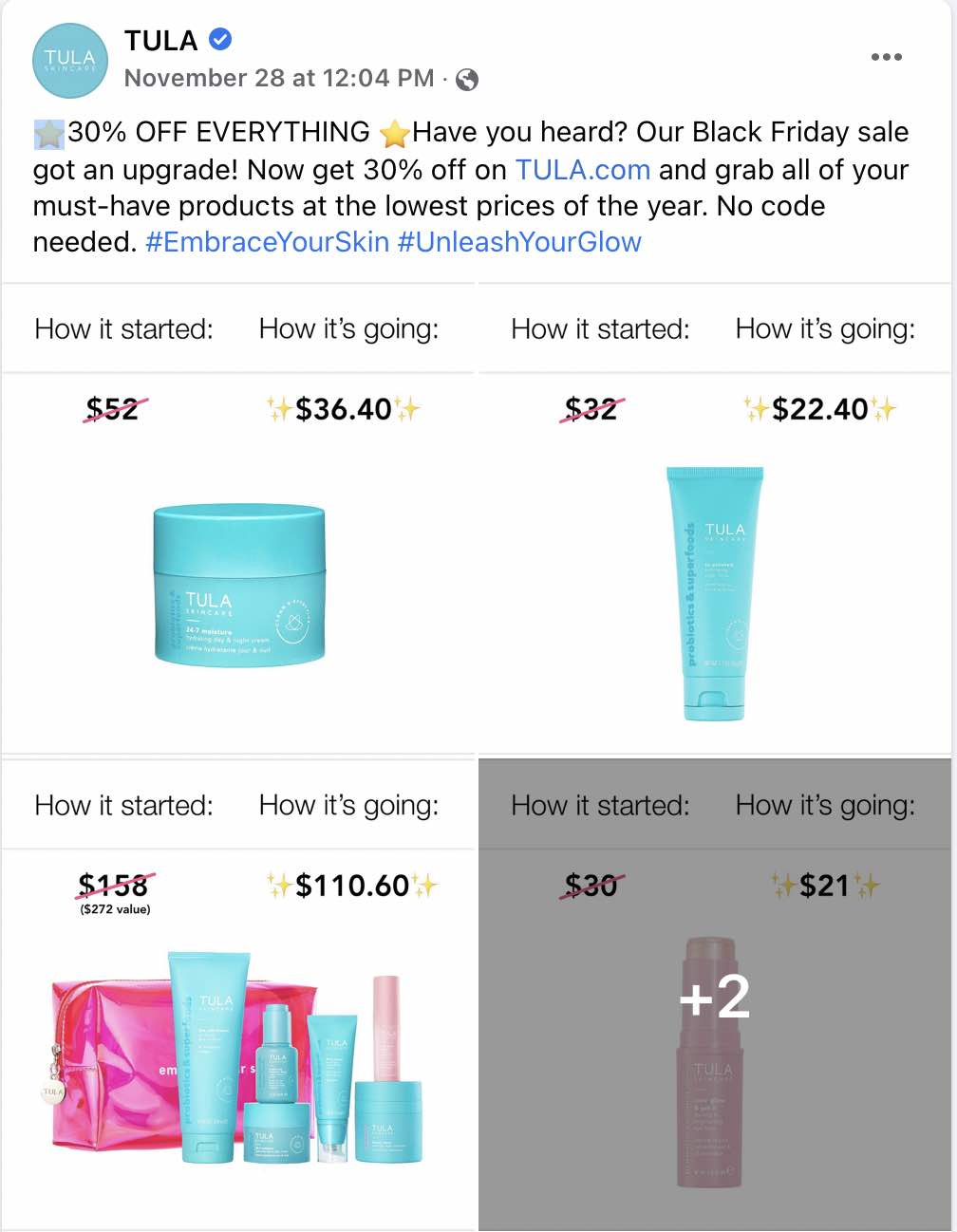
Sharing info on sales and discounts is popular on Facebook, such as this example from Tula, a skincare brand.

